Revolut is launching its own stablecoin and entering a market led by PayPal, Ripple, and BitGo. With global stablecoin premiums expected to reach $5 billion this year, Revolut's compliance-first approach positions it as a formidable new player in the burgeoning digital currency arena.
Revolut Expands into Stablecoin Market
Revolut, which was valued at $45 billion earlier this year and received a UK banking license in July, is making great strides in developing its own stablecoin.
As stated by an official from Revolut:
“We are looking to expand our cryptocurrency offering but as a licensed financial institution, we take a compliance-first approach. Our goal is to make Revolut a trusted and secure platform for the entire crypto community.”
Stablecoin Premiums Surge in 17 Nations
A new research by the Centre for Economics and Business Research and BVNK indicated that in 17 nations, buyers and sellers alike are paying an average of 5% more than the typical US dollar rate for stablecoins.
The premium could reach 30% in certain nations, such as Argentina. There appears to be a growing demand for stablecoins since these countries are projected to pay premiums totaling over $5 billion this year and up to $25 billion by 2027.
Still, there are some who feel strongly about stablecoins. More than 80% of payments transferred to sanctioned entities were made in the tokens, and roughly 75% of all crypto scam transactions last year utilized stablecoins, according to Chainalysis.
BRICS Group Could Challenge Tether and US Dollar
Coingape states, however, that new reports suggest Tether (USDT) could be the BRICS Group's greatest challenge as it seeks to challenge the dominance of the US dollar.
One of the most important uses of cryptocurrency is stablecoins, which are essentially digital currencies tied to the US dollar. This finding is based on a recent YouGov survey that Visa and other partners commissioned, which surveyed 500 cryptocurrency users in five developing regions.
Among those who took the survey, nearly half (47%) said they used stablecoins primarily to buy US dollars. Nearly half (43%) said they used them to make cross-border payments, again likely using US dollars.







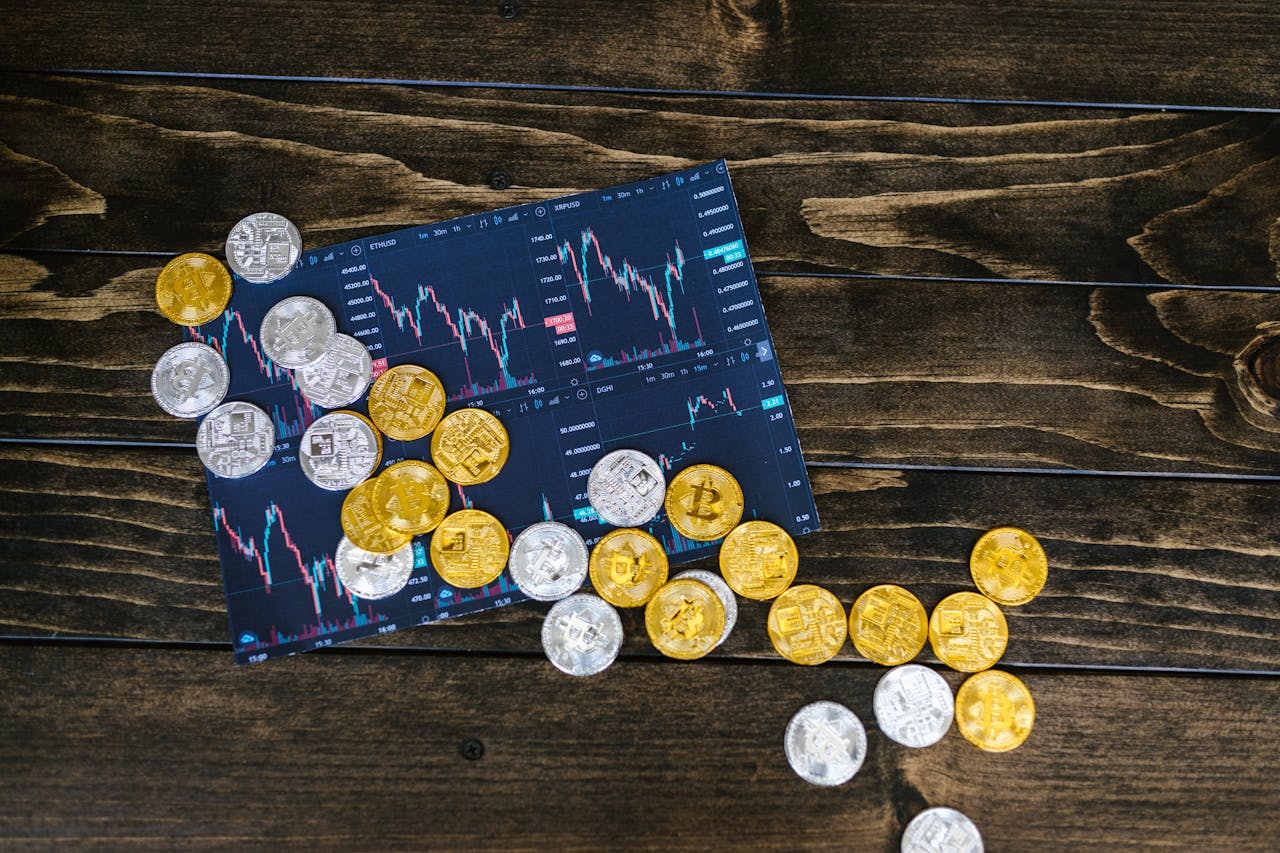



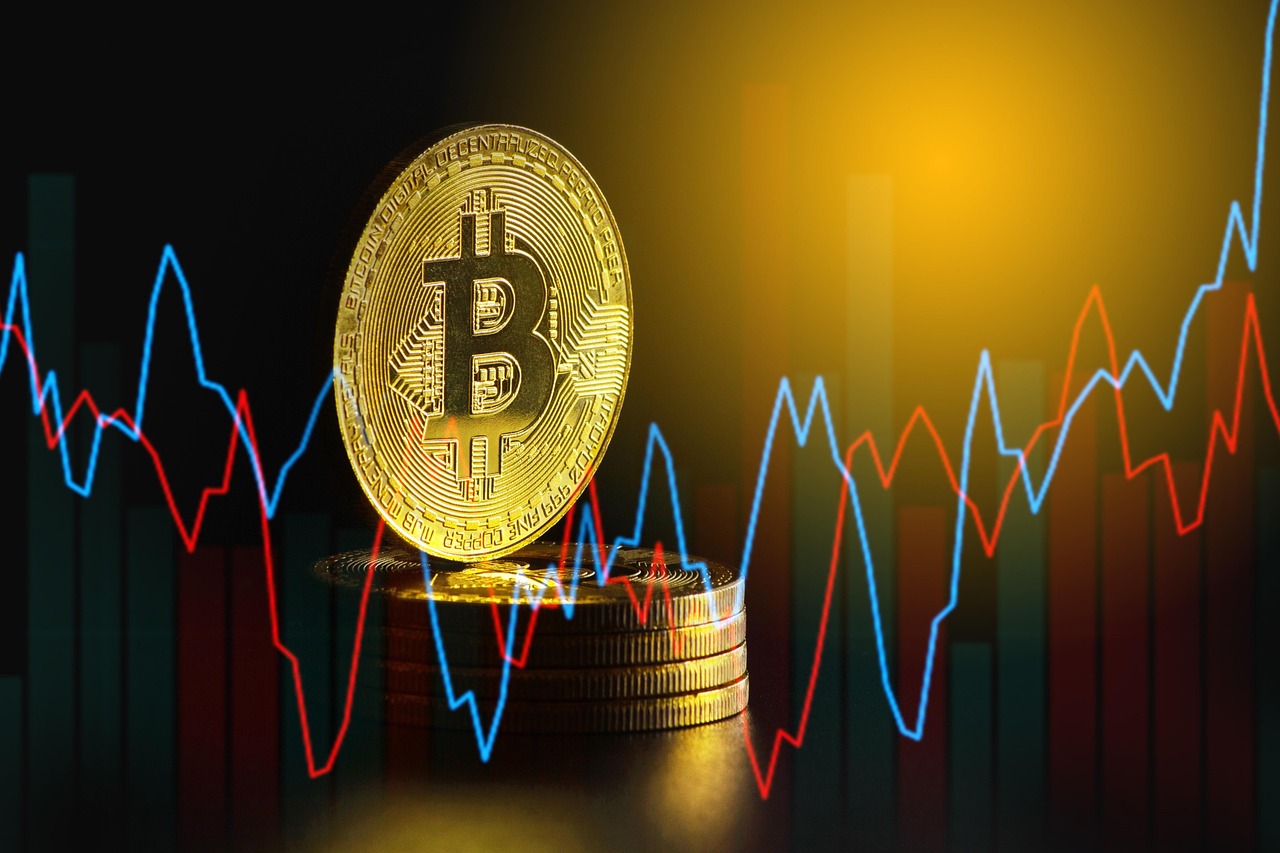


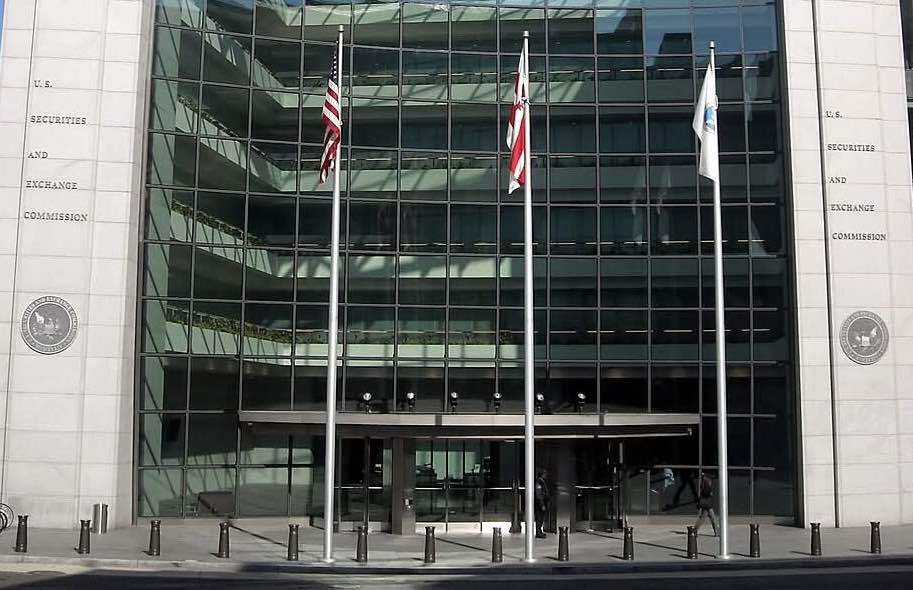



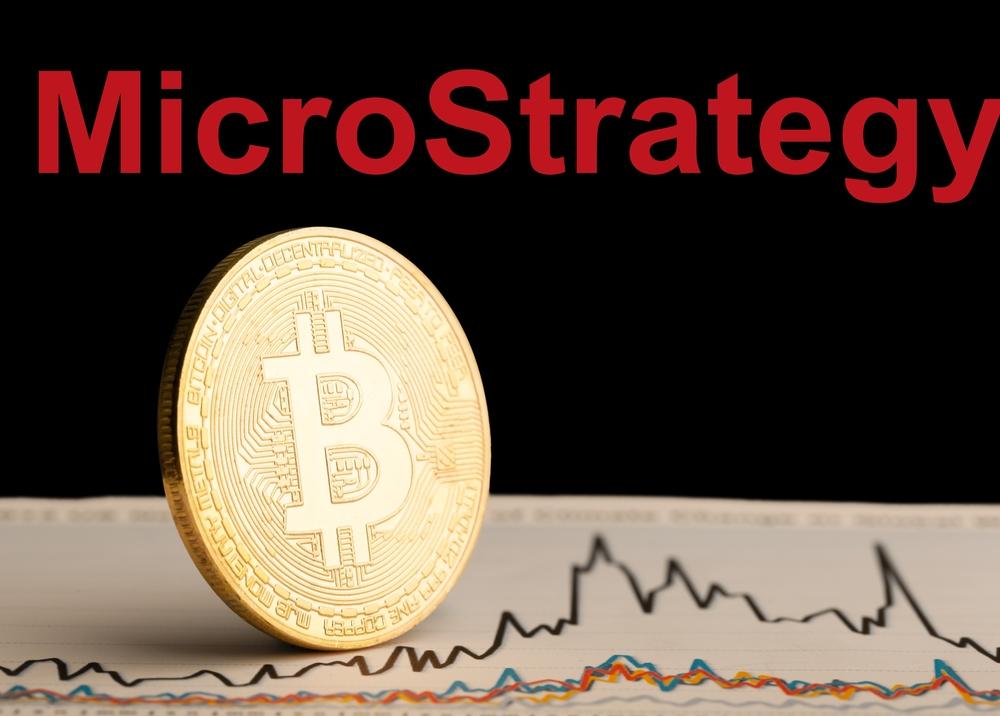
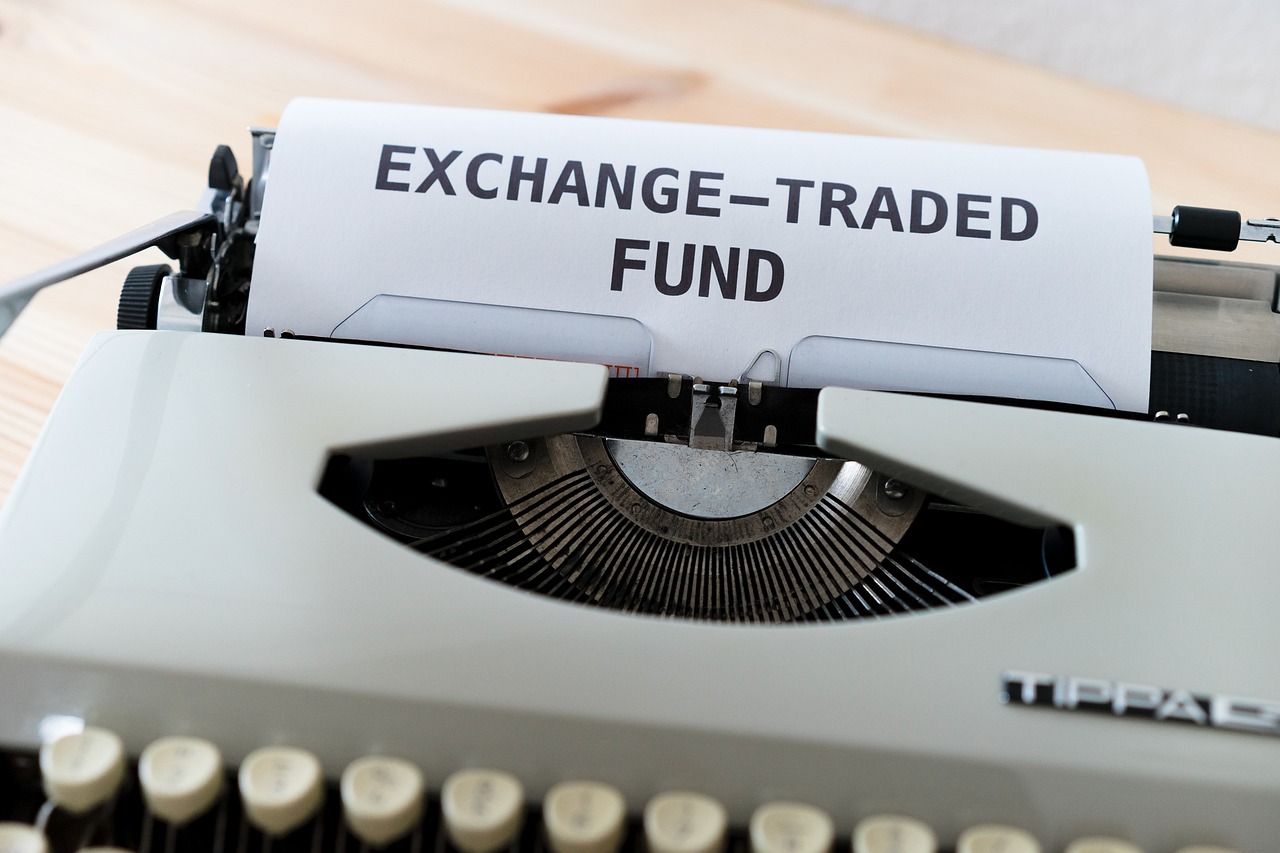


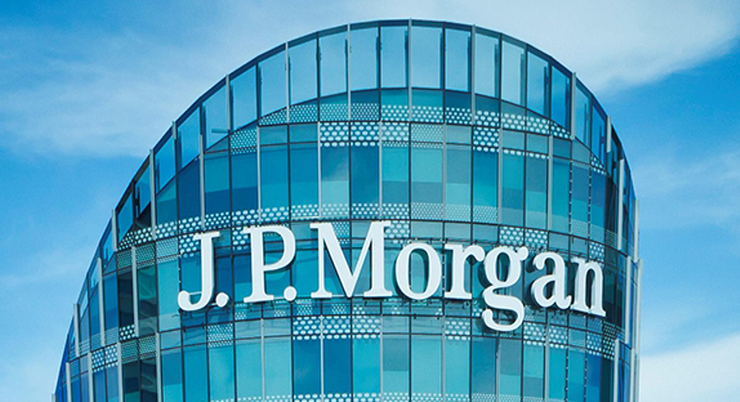


Comment 0